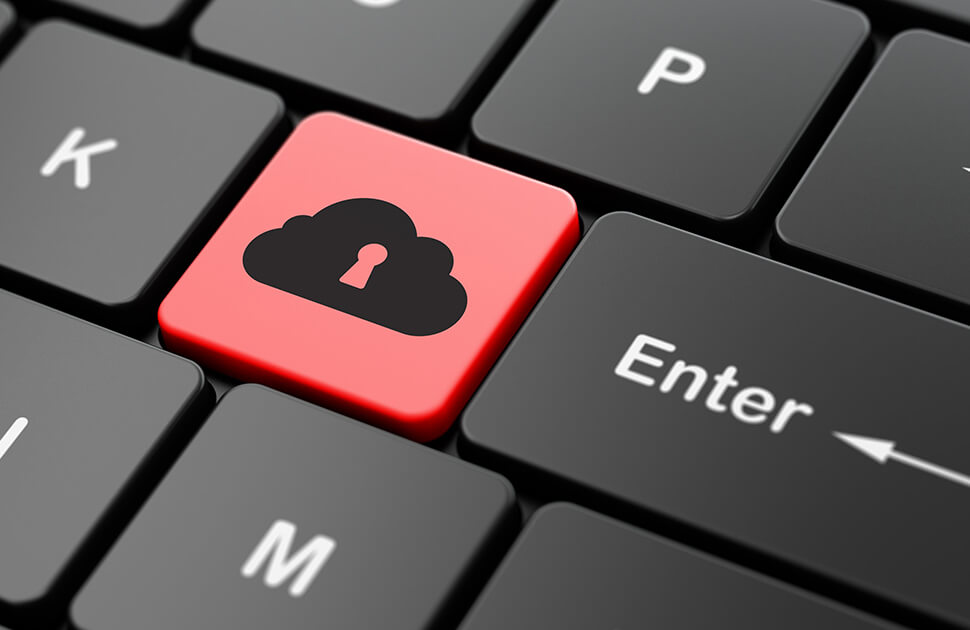While organizations are incorporating more flexible elements into the workplace to varying degrees, the coronavirus outbreak has suddenly fueled remote work. This is where IT teams come in, which will ensure security in the performance of employee tasks.
In this exceptional situation, business leaders have become more aware than ever of the need to implement teleworking among their employees. Training teams to work from home is the most responsible decision, but organizations require the appropriate tools and technology to implement this policy and ensure the continuity of business activity.
What Are The Security Risks Of Remote Work?
Establishing a safe and productive teleworking solution is the biggest challenge facing companies today. However, the rush to implement a remote work policy has the potential to expose organizations to potential risks.
The speed with which the coronavirus is forcing companies to act involves activating specific security protocols that do not prevent employees from accessing the information and data with which they usually work in offices.
At this time, no company wants to experience a data breach due to the implementation of poorly structured and established teleworking. For this there are contingency plans, which help organizations to cope with unexpected situations, in this case and due to the coronavirus, quickly mobilize safe remote work solutions so that employees can carry out their daily tasks.
7 Steps To Enable Secure Remote Work
1) Create A Telework Roadmap
To create this roadmap, companies must ask themselves the following questions: Do they have the necessary infrastructure to facilitate remote work? Are employees equipped with devices that allow them to access the network remotely? Are these devices personal or organizational?
It involves evaluating the possibility of implementing remote work in the company and what should be done to allow fully flexible working conditions.
2) Implement Identity And Access Management Solutions
Once the company has control of the devices used to access the network and the capabilities to allow remote work, it is time to implement an identity and access management solution. Verifying the identity of users with multi-factor authentication and other measures ensures that the right people have access to the right resources when they need it.
3) Set Restrictions That Work Remotely
While inappropriate sites are generally blocked when operating in the company’s firewall, what happens when work devices are used beyond the company’s LAN perimeter? Measures need to be in place on work devices to prevent unwanted access to certain sites and to make sure it doesn’t matter where the devices are used.
4) Test The Environment To Make Sure Employees Can Work Properly
If devices are locked so restrictively that policies prevent employees from working easily, this will have several implications. Users are likely to perform their tasks in cloud services to avoid crashes. Accessing company data on unapproved and unsafe third-party sites, a practice known as parallel IT, is a major security risk for organizations. Therefore, it is advisable to test the environment and conduct employee surveys to ensure that they can easily perform their tasks on the approved network.
5) Communicate Clearly The telework Policy To Employees
Regardless of the details of the policy, it is important that workers are aware of their rights and responsibilities before using a mobile device for work. In this way, users will accept privacy commitments or other required measures to be implemented if they communicate clearly in advance. Organizing information sessions, offering updates on policy changes, and sending informational emails to staff in advance do this.
6) Monitor Systems Continuously To Improve Security And Performance
Valuable information about the remote work environment can be obtained through real-time threat monitoring and prevention programs that come standard with many IT infrastructures and software licenses. Using these monitoring systems helps you stay alert to potential threats and learn more about how to improve remote performance.
7) Support Users To Adapt To The New Environment
It is crucial that managers from each department are available to help workers adapt to a new work environment. There are bound to be some connectivity issues, so companies need to ensure that IT support teams are well trained and equipped to solve them. It is also important to advise employees to take breaks as they would in the workplace, helping them to adapt to new working conditions and, ultimately, to be more productive.
 Subscribe
Subscribe
 Ask for a demo
Ask for a demo

 3 min
3 min
